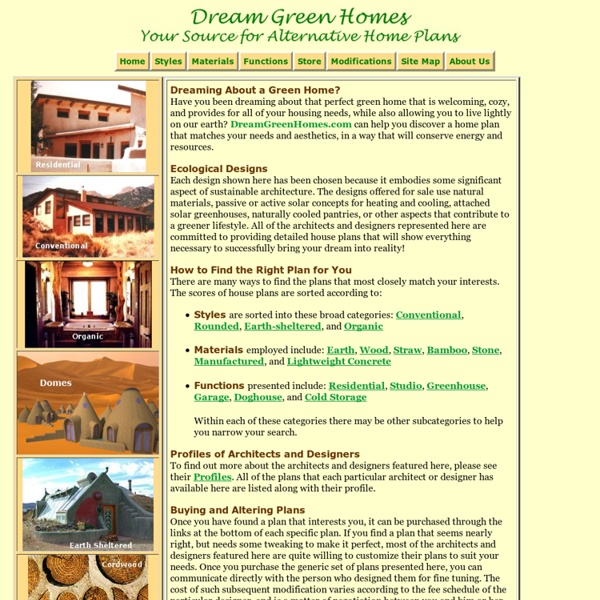



Humanure Handbook: Contents A Guide to Composting Human Manure Second Edition Front Cover - Back Cover Table Of Contents: ( Show Chapters Only ) ) ) Awards Reader Feedback From The First Edition 0 - The Beginning 1 - Crap Happens 2 - Waste Not Want Not 3 - Microhusbandry 4 - Deep Sh*t 5 - A Day In The Life Of A Turd 6 - Composting Toilets And Systems 7 - Worms And Disease 8 - The Tao Of Compost (*how to do it!) 9 - Alternative Grey Water Systems 10 - The End Is Near References Appendix 1: Temperature Conversions Appendix 2: Sources of Wetland Plants Appendix 3: US State Regulations Glossary Other Goodies: Join a discussion with your fellow humanure composters! PalmOS file in DOC format: Chapter 8: Tao of Compost Copyright 1999, Joseph C. The following information may be reproduced subject to the following three conditions: 1) The information must not be changed or altered. 2) The following information must accompany all copies: Source: The Humanure Handbook. 3) The reproduction is not done for profit.
The Natural Building Companion: A Comprehensive Guide to Integrative Design ... - Jacob Deva Racusin, Ace McArleton - Google Books Camp Treehouse “Even the most modest of projects can become something beautiful. There is no such thing as too far gone. With hope and a hammer, I believe there is always a way.” - Tereasa Surratt Boy do those words ring true in today’s Wandawega post. It’s about the latest addition to David and Tereasa’s magical campsite: a modern, pitched roof treehouse- designed and built by a wonderful bunch of friends. (photo: Bob Coscarelli) The project all started with a big, old elm tree located right in the center of camp. (Photo: David Hernandez) Sadly, Tom passed away a year and a half later, and around that same time, the elm tree contracted Dutch Elm disease. Further investigation into the elm’s condition revealed that even though its branches were dying, its trunk was still very strong. Tereasa and David’s carpenter/furniture-maker friends started by sketching out plans. Tereasa said, “Everyone had a radically different idea, and everyone was thinking 100 times bigger and more elaborate than I was.
Coriander oil (cilantro) can be used to treat food poisoning and drug-resistant infections (NaturalNews) Food-borne illness outbreaks and the growing prevalence of antibiotic-resistant "superbugs" are two very serious societal problems for which researchers say they are actively looking for viable solutions. But one such solution found right in nature is coriander oil, which has been found to kill a number of different bacterial strains, as well as aid in digestion and treat the symptoms of food poisoning. Dr. Fernanda Domingues and her colleagues from the University of Beira Interior in Portugal tested the effects of coriander oil, an essential oil extracted from the seeds of the coriander plant, also known as cilantro, on twelve different bacterial strains, including Escherichia coli (E. coli), Salmonella enterica, and methicillin-resistant Staphylococcus aureus (MRSA), the infamous hospital superbug. "The results indicate that coriander oil damages the membrane surrounding the bacterial cell," said Dr. Domingues about how the essential oil works.
25 LIBROS SOBRE CONSTRUCCION NATURAL | Creer para Crear Nave Tierra – Michael ReynoldsVolumen 1: (parte 1: PDF – 6mb) – (parte 2: PDF – 12,9mb)Volumen 2: (parte 1: PDF – 20mb) – (parte 2: PDF – 24mb)Volumen 3: (parte 1: PDF – 29,6mb) – (parte 2: PDF – 15,1mb)Gracias al excelente trabajo de traducción de Nave Tierra MDQ, los libros de Earthship en español. La Casa Autónoma – Brenda y Robert ValeRAR – 6,33mbLibro que aborda todos los aspectos a tener en cuenta para una vivienda autónoma como manejo de aguas, energías y residuos. Manual del arquitecto descalzo – Johan Van LengenPDF – 22mbFamoso libro sobre autoconstrucción. Cantos del arquitecto descalzo – Johan Van LengenPDF – 62mbOtro libro de construcción natural del conocido Johan Van Lengen Manual de construcción en tierra – Gernot MinkePDF – 135mbMuy buen libro sobre construcción con tierra del reconocido catedrático y experimentador en el tema. Techos verdes – Gernot MinkePDF – 4,8mbPlanificación, ejecución y consejos prácticos para techos vivos. NUEVO!! Los techos vegetales – Arq. NUEVO!!
Super Mario Room Check out this awesome Super Mario room art installation. “The installation may or may not have been created by a woman named Antoinette J. Citizen.” [via geekologie] - Russian Super Mario Car Podcasts - Forum - A World of Ideas Small House Society “Better Living Through Simplicity.” History. Founded in 2002, the Small House Society is a cooperatively managed organization dedicated to the promotion of smaller housing alternatives which can be more affordable and ecological. Mission. Media Contacts. Learn More. Directory of Builders. Featured Book World Interest Below are maps showing recent site visitors from around the world. Visitors – Global Visitors – Europe Visitors – North America Visitors – Australia Visitors – Asia Like this: Like Loading...